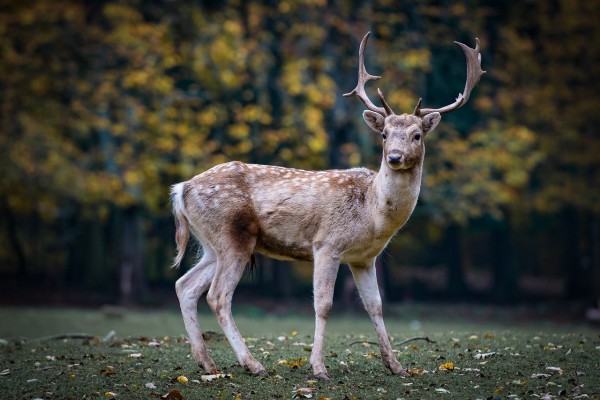Deer Heads Being Returned to Keep Chronic Wasting Disease At Bay

Chronic Wasting Disease or CWD for short, is also referred to as zombie deer. This disease is fatal to deer and those belonging to the deer family such as whitetail deer, elk, moose, and caribou.
From Sept. 1 to Dec. 20, 2020, The Government of British Columbia has required hunters to submit heads of mule deer and white-tailed deers harvested in specific wildlife management units in the Kootenay region as implemented in a mandatory sampling program.
Samples can be dropped off at any B.C. Wildlife or Conservation Officer Service office. It can also be found online at: www.gov.bc.ca/chronicwastingdisease.ca.
This is part of their ongoing and proactive effort to prevent chronic wasting disease (CWD) from entering B.C. and affecting its deer population.
While this disease has not yet been detected in B.C., the provincial government is hoping to keep it that way.
There were 64 animals (white-tailed deer, mule deer and moose) in the area around Libby, Mont. that have been discovered with the disease since June 2019. This was the first time CWD had been detected west of the Rocky Mountains.
Some signs to look out for CWD includes a deer walking in circles, staggering, drooling or inattentive to humans.
LOOK INTO: Bubonic Plague Warning Signs Posted Around Lake Tahoe
Understanding Chronic Wasting Disease
Chronic Wasting Disease (CWD) is a prion disease, where an abnormal protein called prion is transmitted directly through animal-to-animal contact, or indirectly through contact with objects contaminated by the infectious material (saliva, urine, feces, carcasses of infected animal.)
It is progressive, fatal neurological illness affecting the members of the deer family (cervids). SInce its discovery in 1967, it has spread geographically and has become locally prevalent. It affects the brain and spinal cord of the infected animal and can drastically reduce the deer population in areas where it is present.
There is no vaccine or treatment currently available for this disease and because it is highly contagious, it is a great concern to wildlife managers.
An infected animal may be contagious for months or years before showing symptoms. And the carcass of infected animal will shed prions into the environment that persist for several years, possibly decades, and practically impossible to destroy.
There is no known CWD infection among people to date, according to Center for Disease Control and Prevention. However, some studies show that CWD also poses a risk to certain types of non-human primates, like monkeys. Due to these reasons, it raised concern that CWD may also be a risk to people. Since 1997, the World Health Organization has recommended that all known agents of the prion diseases must be kept from entering the human food chain.
Decrease Risk of Exposure to CWD
Hunters are advised to take the following precautions when hunting in areas with CWD.
- Avoid shooting or eating meat from deers that are looking or acting strangely.
- Consider having the animal tested for CWD prior to meat consumption.
- Wear gloves and minimize handling of the organs when field-dressing a deer.
- Always check state wildlife and public health guidance for updates on animal testing.
FIND OUT MORE: 5 Reasons Why Weight Loss is Such a Struggle
Check out more news and information on Chronic Wasting Disease on MD News Daily.
Sep 05, 2020 10:52 PM EDT





